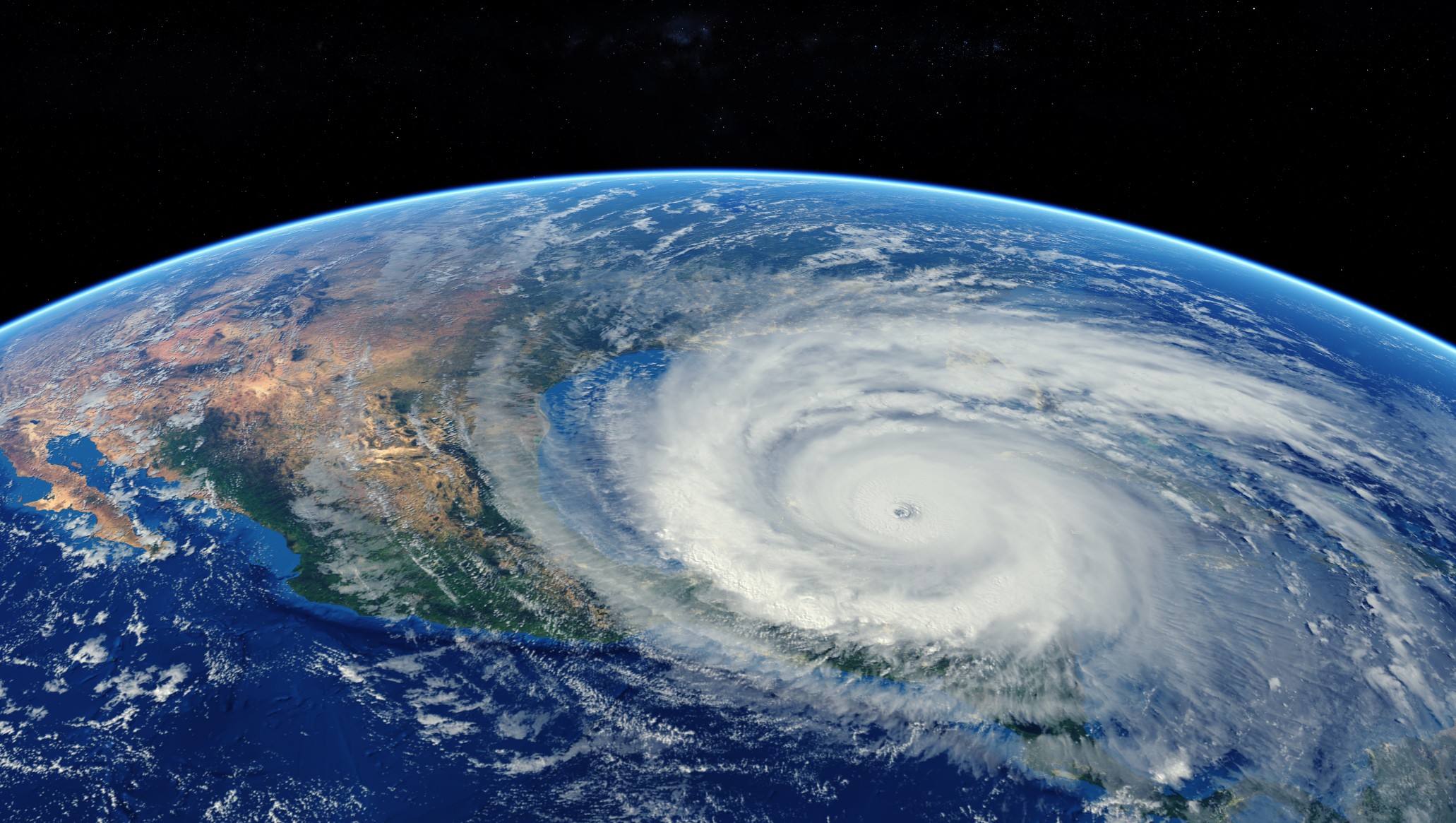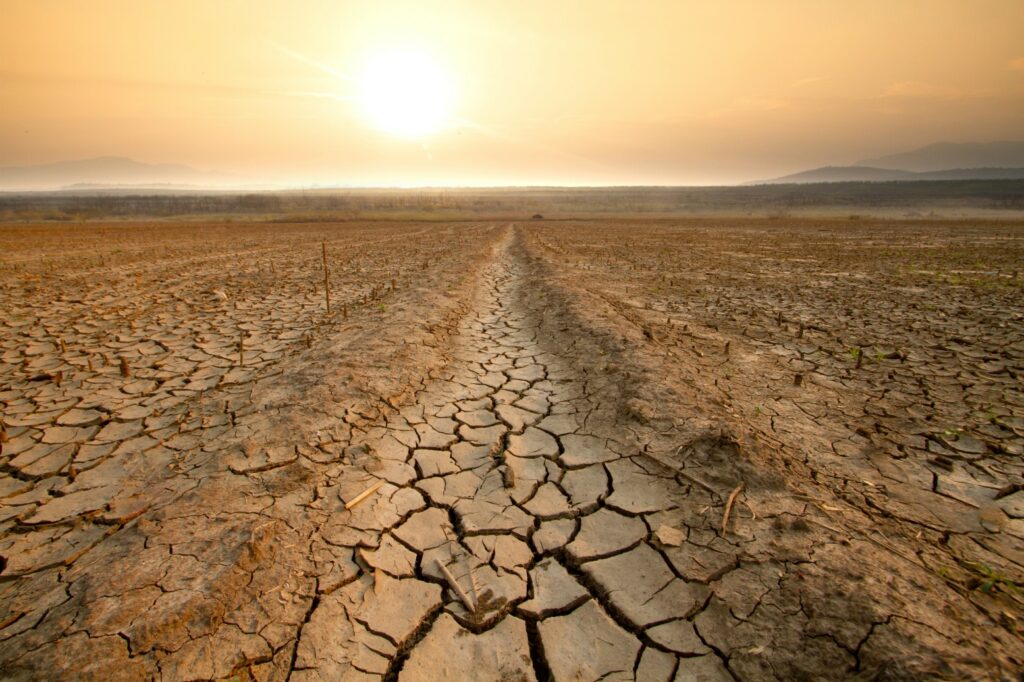
Heavy Rain, Flooding, and Chance of Severe Weather Staring Down the Southern U.S.
January 22, 2024
Posted: May 12, 2023 9:31 am





Climatologists are warning that the increasing presence of underwater heat waves could unleash a host of negative weather impacts across the globe. Here is what the experts are saying about this growing problem.
What is known as marine heat waves are taking place at historic rates, setting records that have been in place for years. Experts are sounding the alarm bells about the underwater heat waves and how these patterns may be exacerbated with the incoming El Niño climate phase across the Pacific Ocean.
A marine heat wave happens when water temperatures trend above normal. While isolated incidences of these heat waves are not unusual, it is concerning when it happens on a widespread scale.
Scientists are particularly concerned as April brought the warmest ocean water temperatures average in history, breaking a record that had been set during the El Niño year of 2016.
While the El Niño phase has not taken hold yet in 2023, climatologists are aligned in their predictions that this pattern will arrive late this summer or early in the fall.
These marine heat waves are popping up all over the planet in recent months. According to the National Oceanic and Atmospheric Administration (NOAA), the most severe heat wave is happening off the coast of Peru.
There are additional marine heat waves taking place across the southwestern Pacific Ocean, the Indian Ocean, the eastern portion of the Atlantic Ocean, and throughout the north-central Pacific.
What is most alarming is that water temperatures are expected to increase further as El Niño sets in across the Pacific Ocean. This climate phase is tied to warmer than average water temperatures in the equatorial area of the eastern Pacific Ocean.
These warmer sea surface temperatures have been shown to significantly influence weather partners all over the world, creating an increase of flooding, drought, or heat waves.

There are a number of ways that marine heat waves can impact various weather patterns. For instance, the record temperatures set across Spain at the end of April have been blamed in part on the marine heat waves in the waters off of the coasts of Europe and Africa.
The underwater heat waves have also impacted the U.S. The massive amount of rain and snow in California this past winter had its roots in these rising ocean water temperatures.
The severe weather events that have unfolded across the central and southern U.S. more recently are also tied to the warmer than average water temperatures in the Gulf of Mexico. As the sea surface temperatures have continued to climb in the Gulf, more moisture has streamed up into the Mississippi Valley and beyond.
This warm and moist air has provided the fuel needed for thunderstorm development. A record number of tornadoes were reported during the first three months of the year in the U.S., in part due to the rising ocean water temperatures.
Meteorologists are also warning that the marine heat wave in place in the Gulf of Mexico could translate to impacts in the upcoming Atlantic hurricane season. The official start of the season is June 1, however, do not rule out a tropical system taking root prior to that date.
So what is to blame for the increase in marine heat waves in nearly every corner of the globe? The data points to a number of factors that are to blame. The first factor is the natural change that happens in the inherently fluctuating climate patterns.
However, experts are also putting the onus on climate change as a reason for the increase in these underwater heat waves. The data indicates that the latest heat waves are behaving differently than they did decades ago, pointing to climate change as the primary influencing factor.
Did you find this content useful? Feel free to bookmark or to post to your timeline for reference later.

January 21, 2024

January 19, 2024

January 18, 2024